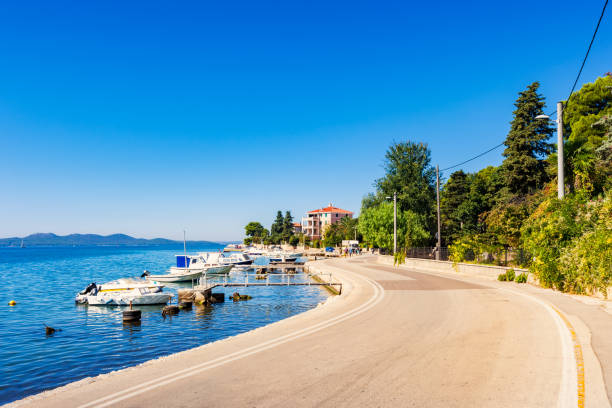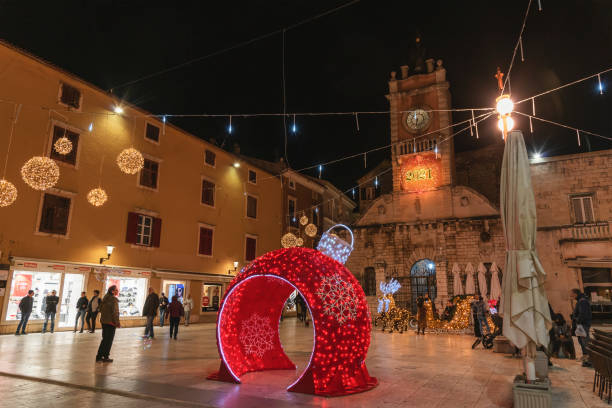Zadar’s streets are alive with history
Zadar's narrative begins with the historic Roman Forum in the Old Town, just off Kalelarga. Zadar has a 3,000-year history, having first been attested as a community in written sources and historical artifacts. It became a fully urbanized center during ancient Roman times and remained so for the next two millennia. Today, coffee-obsessed Croats congregate at cafés beneath St. Anastasia's Cathedral's bell tower. And families sit on the steps of St. Donatus Church, which dates from the ninth century.
St. Donatus holds classical performances in the summer because its domed ceiling functions as a natural amplifier. Visit the shoreline to witness the remnants of the 6th century earthquake that destroyed the city. Roman columns, colonnades, pediments, and sarcophagi are arranged on a lawn like an impossible jigsaw puzzle. Zadar has been one of the most prominent cities on the Eastern Adriatic coast from those early records, and an unavoidable destination for explorers, poets, and authors. Every step you take reveals the antiquity and continuity of its streets, squares, beachfront, cathedrals, and historic history, while innovative installations demonstrate the vision of modernity and inspire new visitors. The experience began three thousand years ago, when the foundations were constructed.












